HOT PRODUCTS
1. Understanding Legionella Bacteria
Legionella bacteria are naturally occurring microorganisms found in freshwater environments, such as lakes, rivers, and reservoirs. While they generally do not pose a threat in natural settings, they can become a serious health risk when they grow in man-made water systems, including hot water tanks, cooling towers, and plumbing systems. Inhalation of water droplets containing Legionella can lead to Legionnaires’ disease, a severe form of pneumonia.
2. The Role of Temperature in Controlling Legionella
Temperature control is one of the most effective methods to prevent the growth and spread of Legionella bacteria in water systems. Legionella bacteria have a specific temperature range in which they thrive, and exposing them to temperatures outside this range can either slow their growth or kill them entirely.
2.1 Optimal Growth Temperature
Legionella bacteria grow best in water temperatures between 20°C and 45°C (68°F–113°F). Within this range, bacteria can multiply rapidly, especially in stagnant or poorly maintained water systems.
2.2 Temperature Thresholds for Killing Legionella
To effectively kill Legionella, water must reach higher temperatures for sufficient periods. The following table summarizes the temperature thresholds and the required exposure times:
| Water Temperature | Time Required to Kill Legionella |
| 50°C (122°F) | Approximately 2–4 hours |
| 55°C (131°F) | About 30 minutes |
| 60°C (140°F) | Approximately 2 minutes |
| 70°C (158°F) and above | Almost immediate |
3. Practical Methods to Prevent Legionella Growth
Maintaining appropriate water temperatures alone is not always sufficient. Combining temperature control with regular maintenance and system design improvements can significantly reduce the risk of Legionella contamination.
3.1 Hot Water System Management
- Keep hot water stored at a minimum of 60°C (140°F) to prevent bacterial growth.
- Insulate hot water tanks and pipes to maintain temperature and reduce heat loss.
- Regularly flush unused taps to prevent stagnation and bacterial multiplication.
3.2 Cold Water System Management
- Maintain cold water below 20°C (68°F) to inhibit bacterial growth.
- Regularly inspect storage tanks and remove any sediment or biofilm buildup.
- Ensure circulation systems are designed to prevent stagnant areas where bacteria can thrive.
3.3 Additional Preventive Measures
- Disinfect water systems periodically using chemical methods such as chlorine or monochloramine.
- Install thermostatic mixing valves to safely control water temperature at taps while keeping storage tanks hot enough to kill bacteria.
- Conduct routine testing for Legionella presence in high-risk buildings, such as hospitals and hotels.
4. Conclusion
Legionella bacteria thrive in specific temperature ranges, making temperature control an essential strategy for preventing Legionnaires’ disease. Maintaining hot water above 60°C and cold water below 20°C, combined with proper system maintenance and regular disinfection, can effectively reduce the risk of bacterial growth. Regular monitoring and adherence to safety guidelines are critical for protecting public health in residential, commercial, and industrial water systems.





 Language
Language
 English
English Español
Español

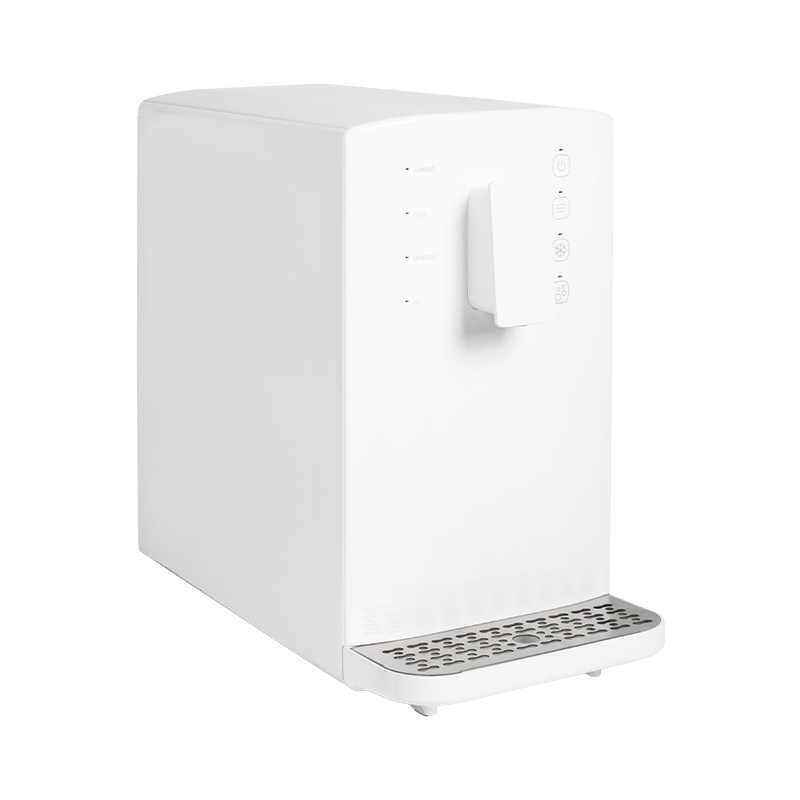
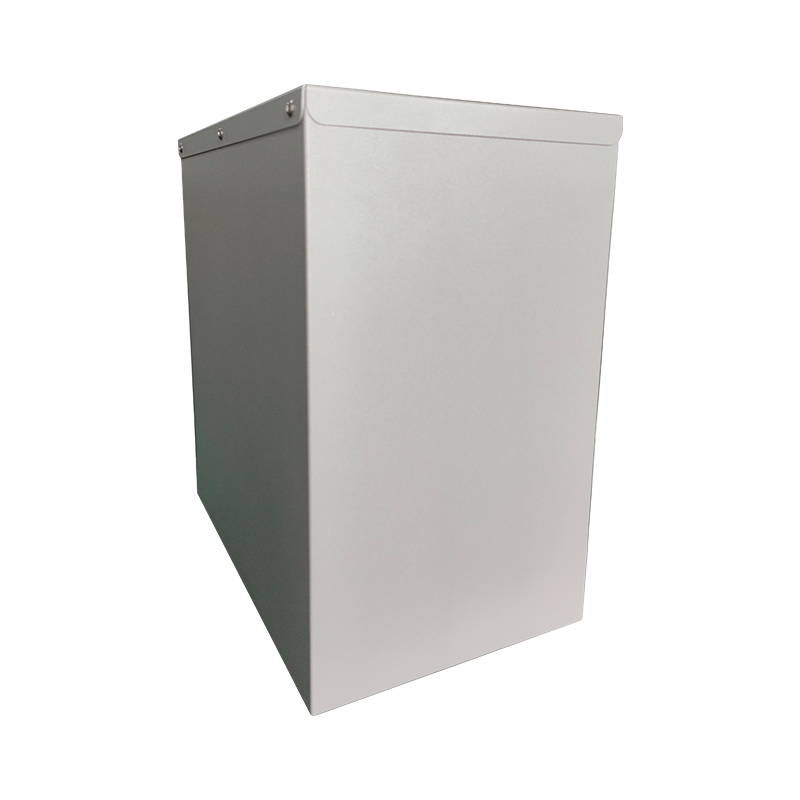
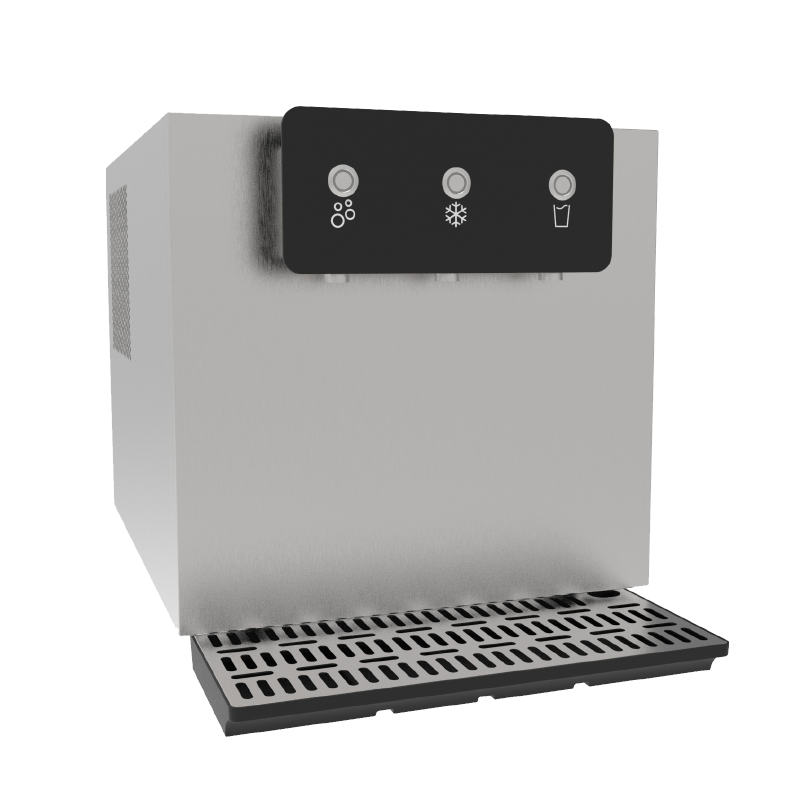
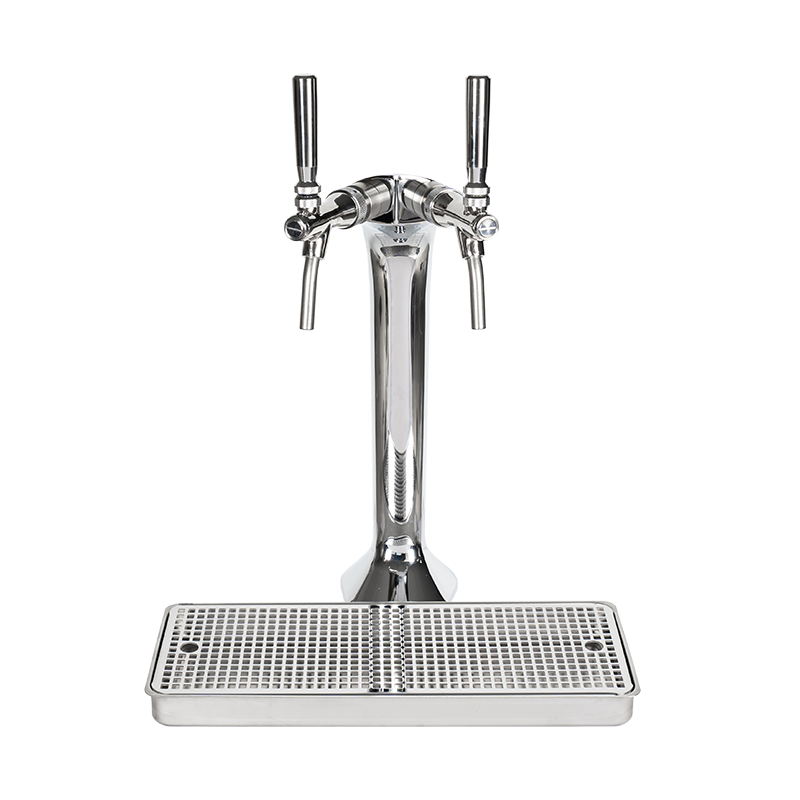
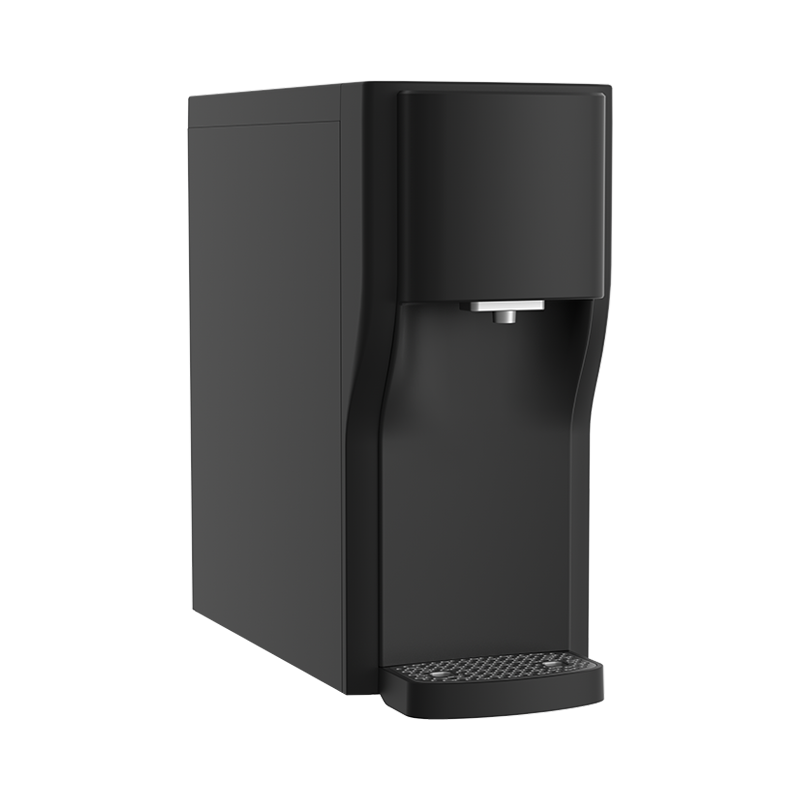
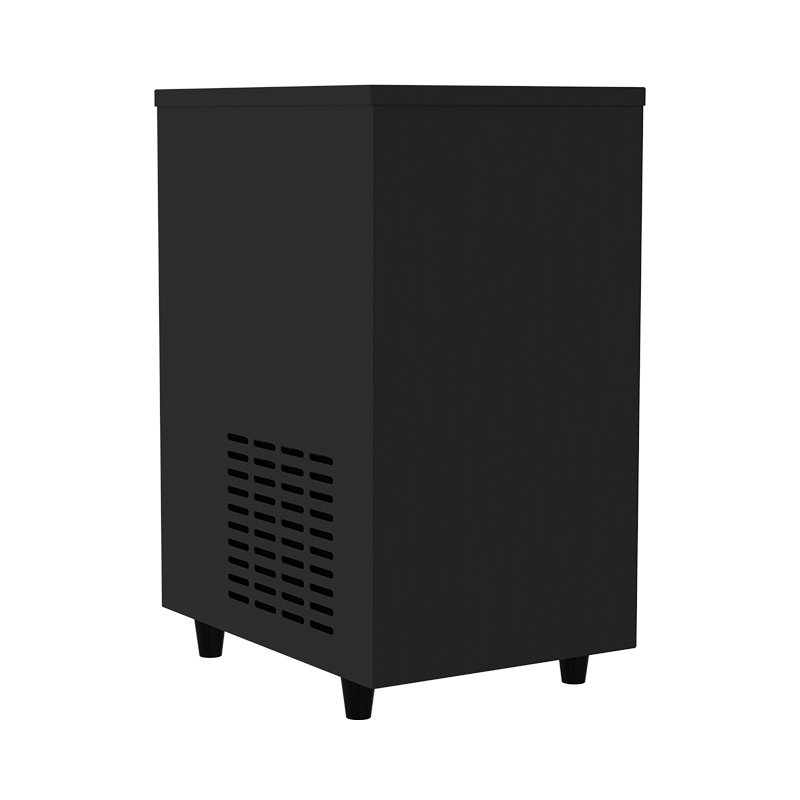
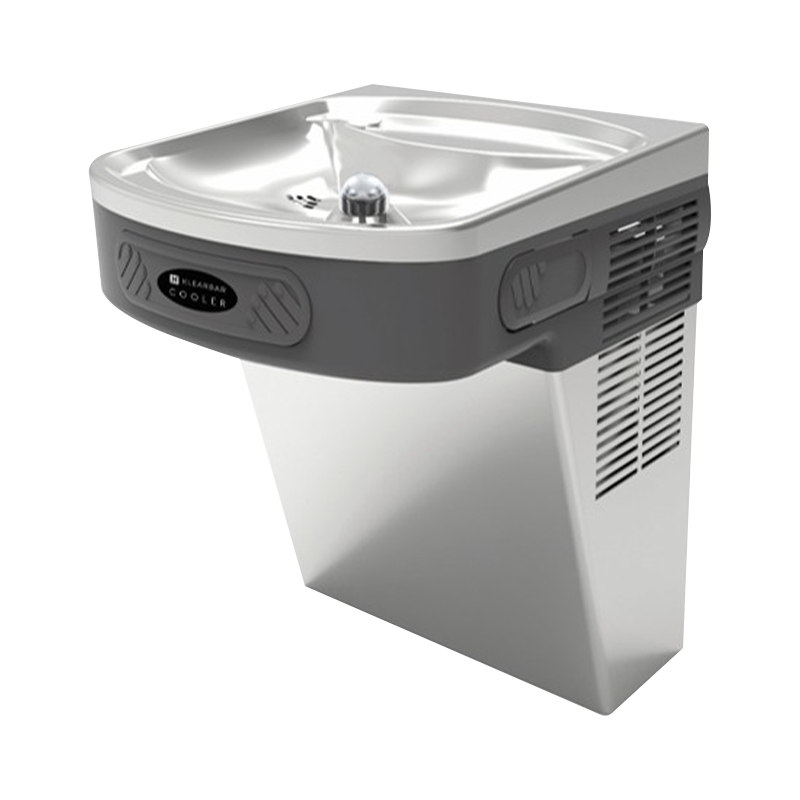
 ADDRESS
ADDRESS CONTACT
CONTACT EMAIL
EMAIL